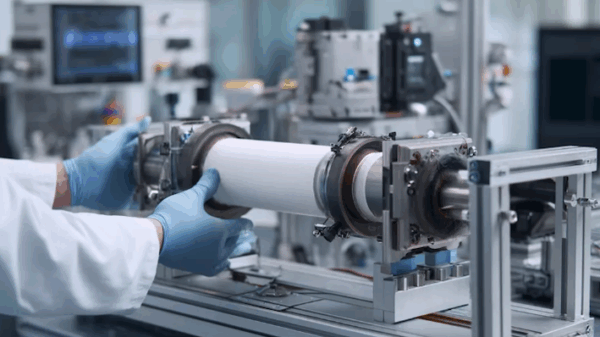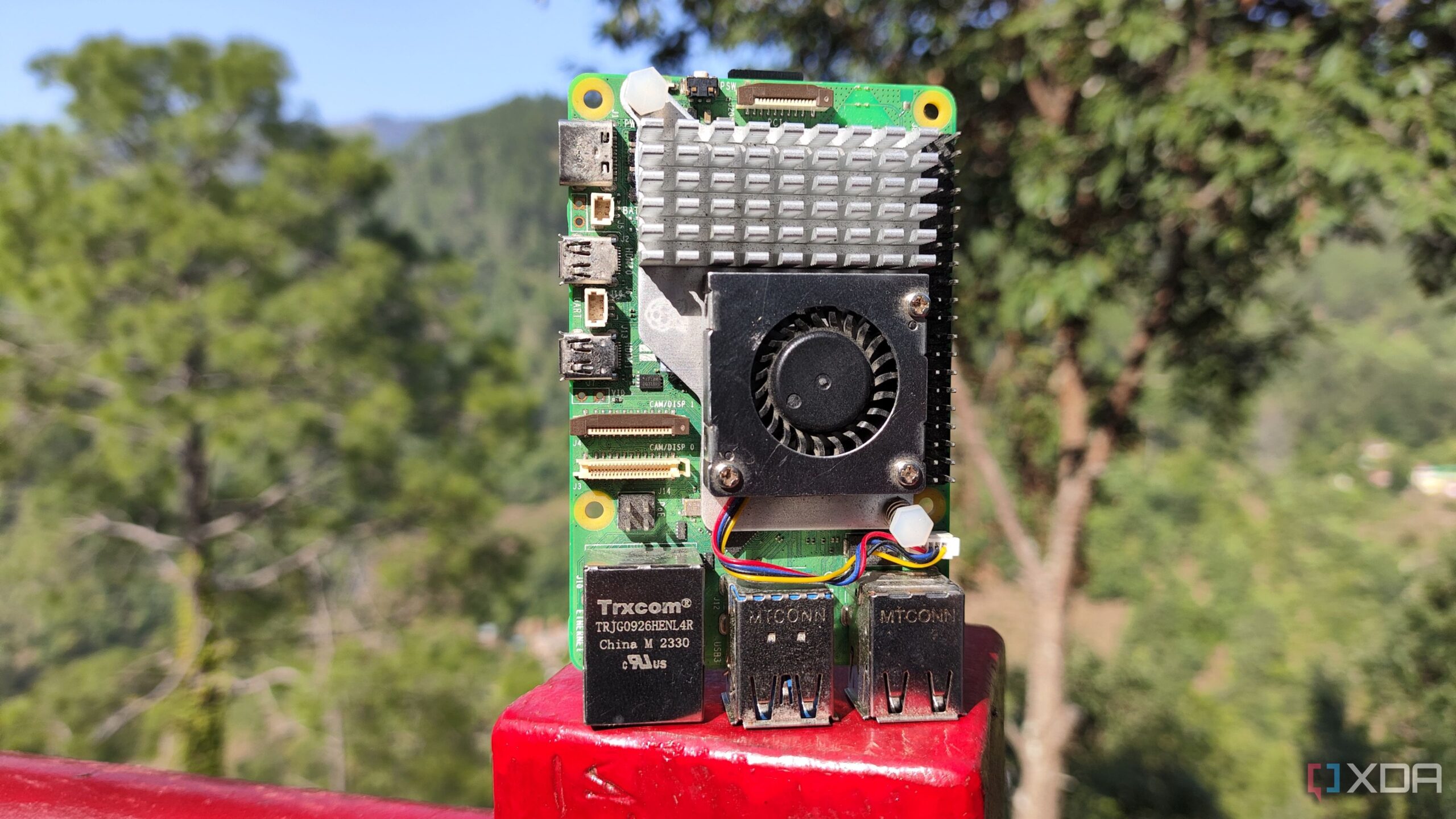UPDATE: The Raspberry Pi 5 has just been unveiled as a groundbreaking solution for home automation enthusiasts, setting a new standard for affordability and performance. Released by the Raspberry Pi Foundation, this model is transforming how users interact with smart home technology, making it easier than ever to establish a sophisticated automation hub.
The Raspberry Pi 5 offers a 2.4GHz quad-core Cortex-A76 CPU coupled with faster memory and optional NVMe storage. This powerful combination means users can now execute complex automations without lag—an experience that was frustratingly slow on earlier models. Dashboards load in seconds, and devices respond instantly, making daily interactions with home automation seamless and efficient.
Why does this matter NOW? With smart home technology becoming increasingly prevalent, the demand for reliable and cost-effective solutions has skyrocketed. The Raspberry Pi 5 enables users to take full control of their connected devices while avoiding the pitfalls of vendor lock-ins and subscription fees. This affordability comes with a price tag of just $60, making it accessible for anyone looking to elevate their home automation game.
The upgrades do not stop at speed. Improved thermal control ensures the device runs continuously without overheating. Active-cooling accessories further enhance its reliability, allowing it to handle demanding tasks like video streaming and real-time sensor monitoring. Early adopters are already praising the Pi 5 for its ability to maintain low power consumption, which hovers in the single digits even under heavy loads.
More than just a minor upgrade, the Raspberry Pi 5 represents a generational leap in home automation technology. It can manage multiple connections—like MQTT, ESPHome, and Zigbee—without a hitch, ensuring that your smart home operates smoothly even as you add more devices. This capability is vital for anyone looking to expand their home automation ecosystem without the fear of performance drops.
The Pi 5 stands in stark contrast to commercial hubs such as SmartThings and Hubitat, which often restrict user capabilities through cloud dependencies and subscription models. With the Raspberry Pi 5, users gain full local control over their smart devices, eliminating delays caused by cloud requests. This local management leads to immediate automation execution, enhancing user satisfaction and performance.
The thriving community surrounding Home Assistant ensures that the Raspberry Pi 5 will continue to evolve. Regular updates and new integrations are rolled out by dedicated contributors, providing users with ongoing improvements and support. This community-driven approach makes it feel more like an appliance than a DIY project, appealing to both beginners and seasoned tech enthusiasts.
Despite its advantages, some users may find the setup process daunting. Unlike commercial alternatives that offer plug-and-play experiences, the Raspberry Pi 5 requires some assembly and software installation. However, the initial investment in time pays off, offering unparalleled control and adaptability in return.
For those concerned about the initial costs, even with extras like power supplies and cooling solutions, the total investment remains under $100, significantly less than competing systems. Moreover, the ongoing operational costs are minimal, ensuring that the Raspberry Pi 5 is a sustainable option for long-term use.
In conclusion, the Raspberry Pi 5 is not just another single-board computer; it is a game-changer in home automation. Its combination of power, flexibility, and affordability makes it the leading choice for both newcomers and experienced users alike. As the demand for smart home technology continues to rise, the Raspberry Pi 5 is poised to remain at the forefront of this rapidly growing market.
Stay tuned for more updates as this innovative product reshapes the landscape of home automation technology!




































































